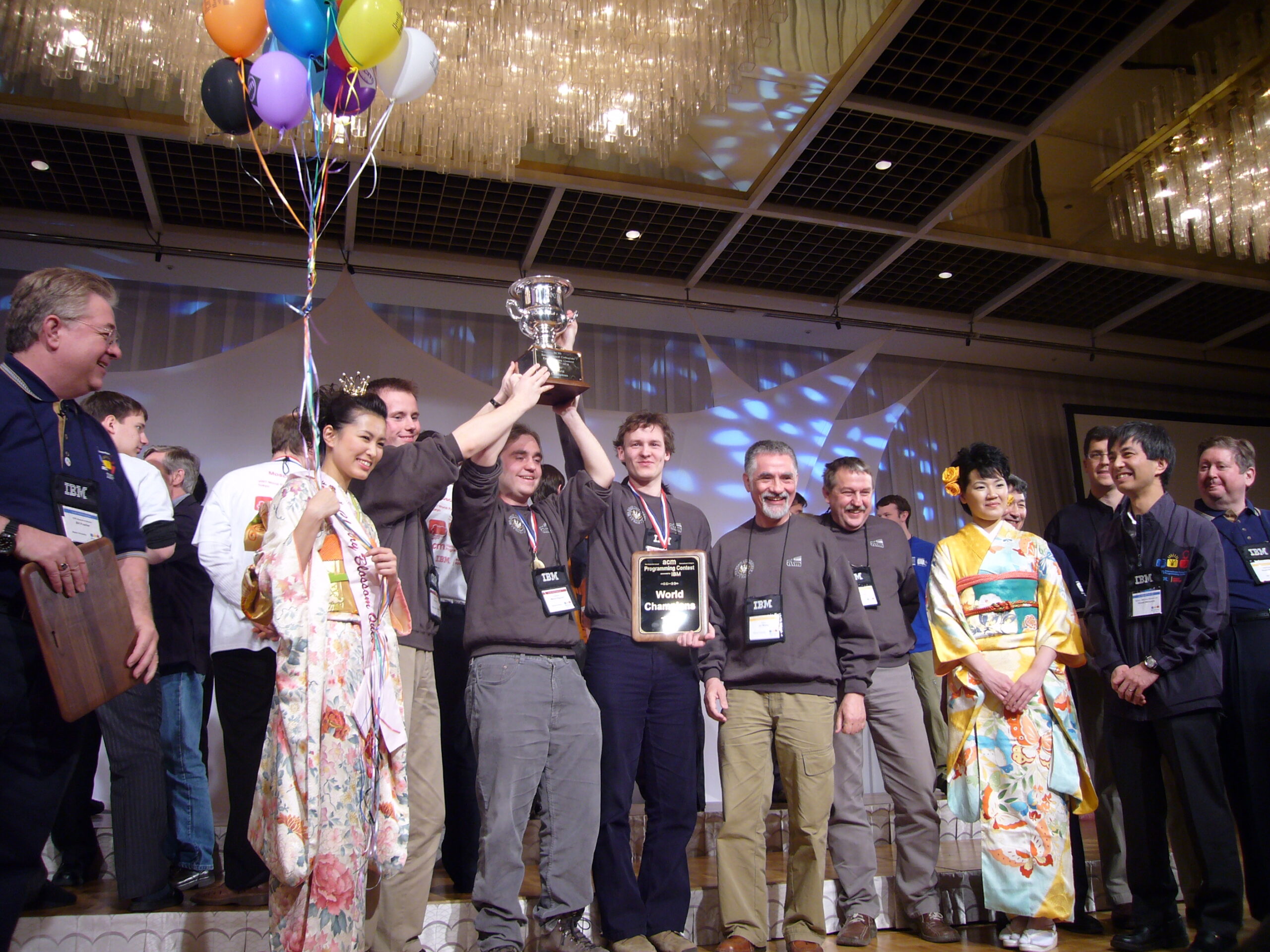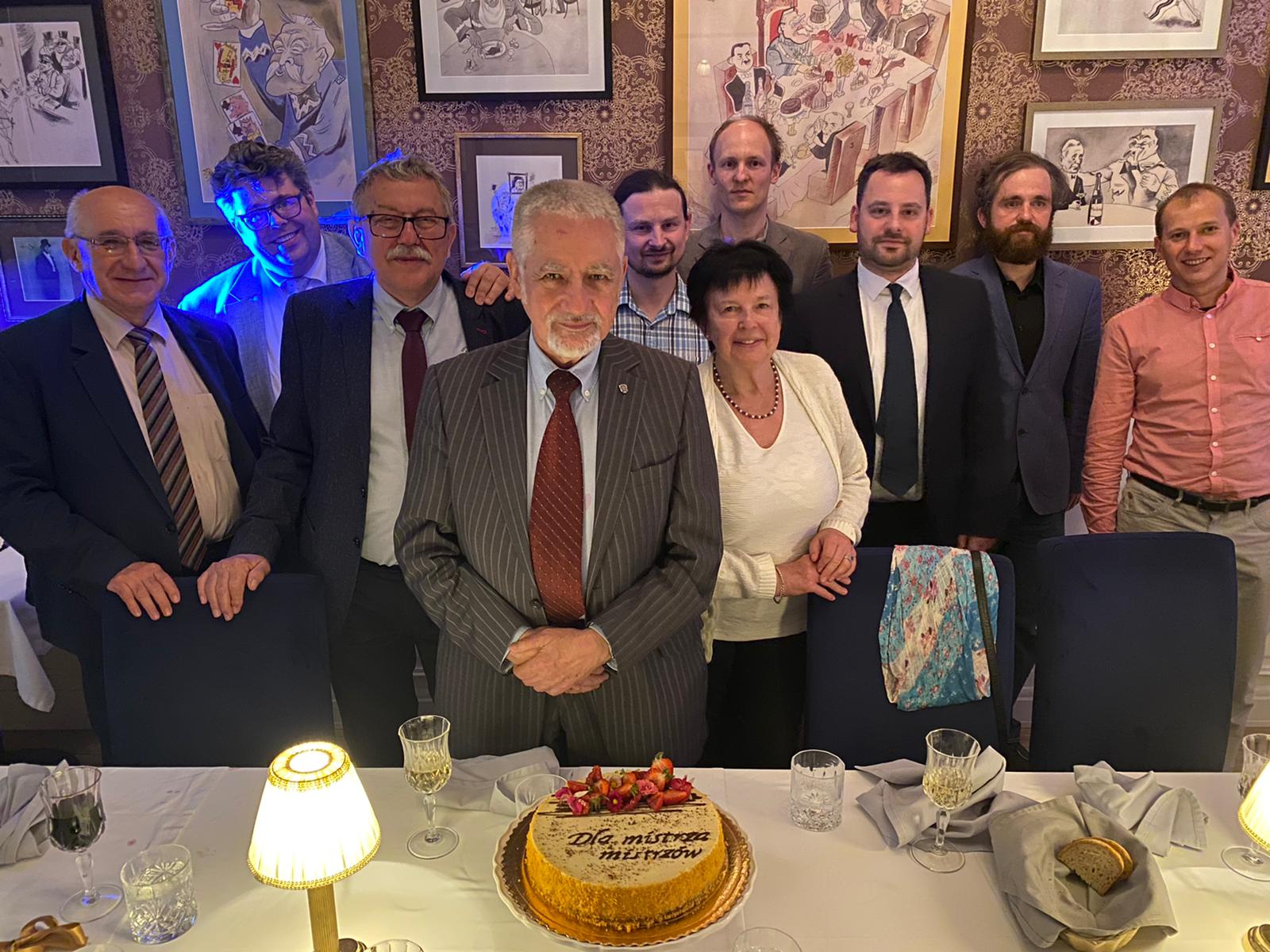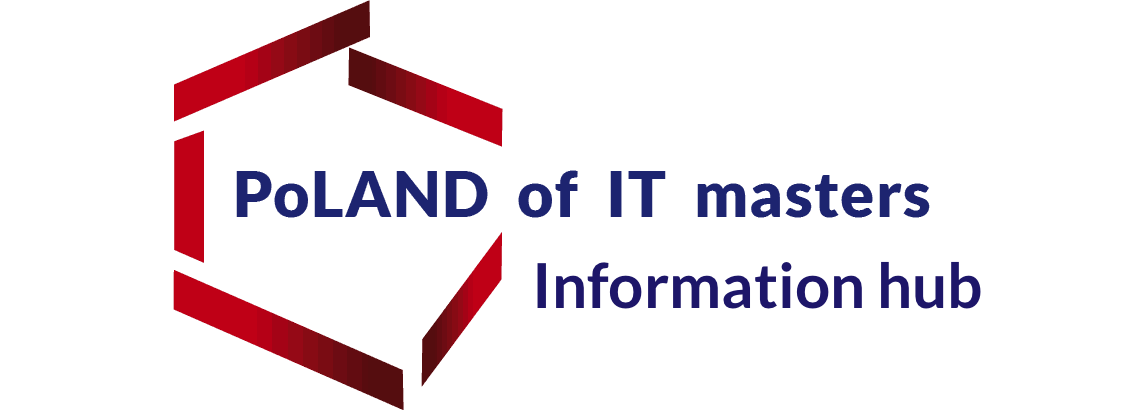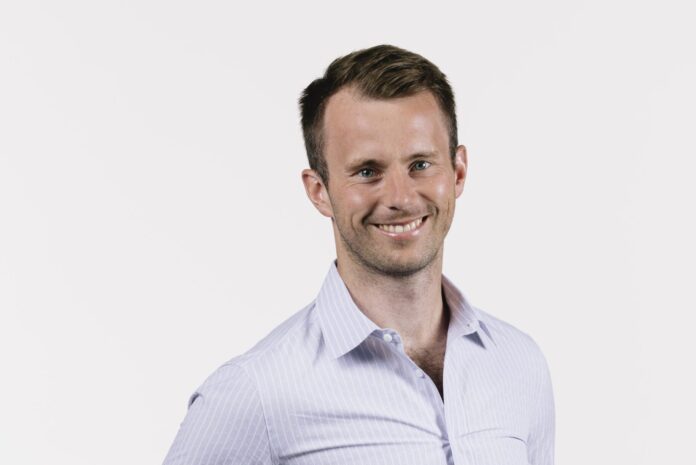Filip Wolski from Poland was the winner of the IOI 2006 in Mexico and the ICPC 2007 in Tokyo. What’s more, he is the only Pole who can boast of such successes. All of this thanks to prof. Madey and prof. Diks.
Filip Wolski was lucky, because he entered the High School No. 3 in Gdynia. Prof. Szubartowski made sure that he quickly learned effective programming. First in Pascal, then in C ++. He deepened his knowledge of algorithmics as well. And also acquired the skills of creative problem-solving. The 1st place in the 2nd and 3rd high school class let him go to IOI 2006, which he won. All of these allowed him to be a National Children’s Fund scholarship holder many times. He had the opportunity to participate in IT workshops conducted by prof. Madey and prof. Diks. And broaden his horizons regarding the approach to science.

When he entered the UW, in the first year, with Marek Cygan and Marcin Pilipczuk, they won ICPC 2007. Next year they failed. So he decided to end the competition once and for all. In his opinion, it was worth it because the study program proposed by the UW was exceptionally well thought out in teaching the basics of maths and computer science.
Diving
Filip Wolski is a passionate about active recreation and used his trips to the competition to learn about the local culture. After the IOI 2006 in Athens, he was eager to complete a diving course on one of the Greek islands. He liked it so much that 5 years later, he devoted almost the entire year’s dean’s leave to explore the underwater world and science and related business. It was financed by the Rolex Scholarship “2009 European Our World Underwater Rolex Scholar”.
During it, he took a course in deep technical diving using trimix. For several months he worked part-time in a company producing diving computers and as an instructor in a diving center in Malta (more details are here). Hence, it is close to a master’s thesis on diving computer software. It should be reliable enough not to expose divers to health loss in the event of an error. For this purpose, he used formal and automated/probabilistic methods. They have worse theoretical guarantees but lower costs and catch more mistakes in practice.
He had dealt with them before, successfully using them to test solutions during the OI. The challenge was that the program was supposed to run on a microcontroller with little RAM. While it had to run quickly and reliably, it couldn’t be overly extensive. This could only be done in the C language. But to see if it was completely safe, he had to write an alternative program, this time in C ++. It was based on solutions tested and used around the world, to have a benchmark in testing.
High-Frequency Trading
He had passed the exams in the meantime, and the software for diving computers was ready. But writing his thesis took a long time, and he was only able to defend it in the fall of 2011. A few months later than the planned date of graduation from before the dean’s leave. Another motivation was that, from January 2012, he had a job in New York waiting for him. He owed it to a recruitment company that encouraged him to take an interest in high-frequency trading (HFT). An IT technology that stands on one side in most financial markets from at least half of the transaction. The startup he worked for lost its prominent investor after less than a year, so he lost his job. He found his way to Teza in Chicago, where he dealt with a similar topic for the next 3.5 years.
In OpenAI
In 2016 he got an exciting proposal to start a research job at OpenAI in San Francisco. He first studied the Deep AI from scratch in the robotics team, worked on the PPO (Proximal Policy Optimization) algorithm. And then worked for over 2 years on a neural network intended to defeat the world champions in the Dota 2 computer game. This project ended at the end of 2019 with the publication of an extensive research paper. Still, Filip returned to Chicago after 6 months. He found employment with Citadel Securities, where he works with HFT. He moved with his family two months ago to Miami, where his company opened a new division.




